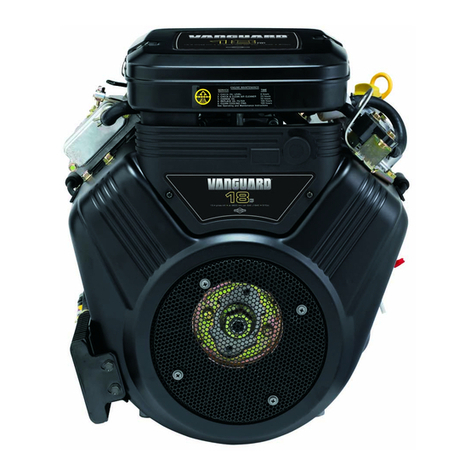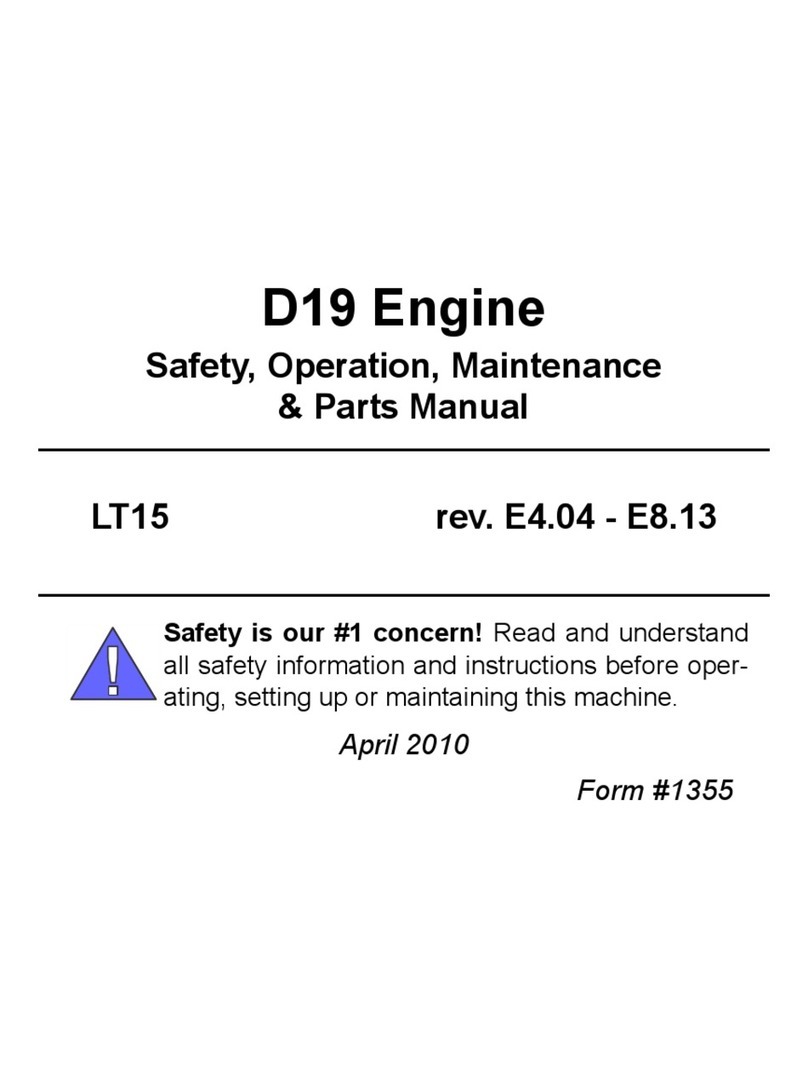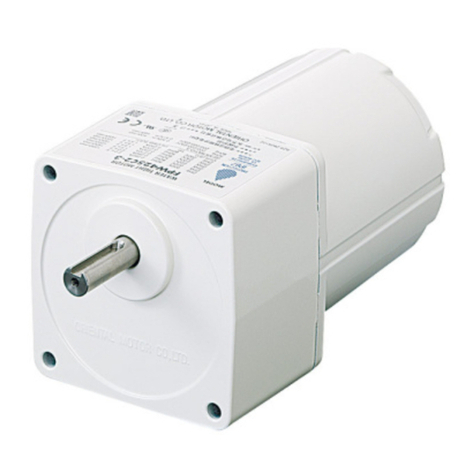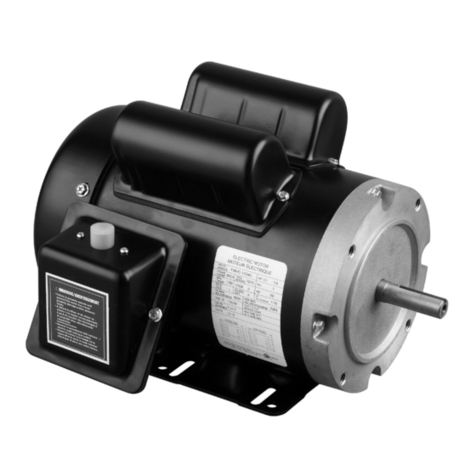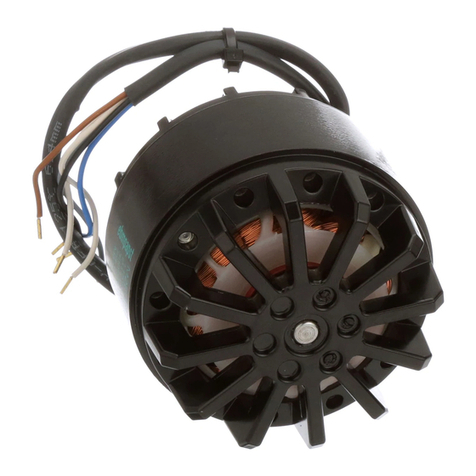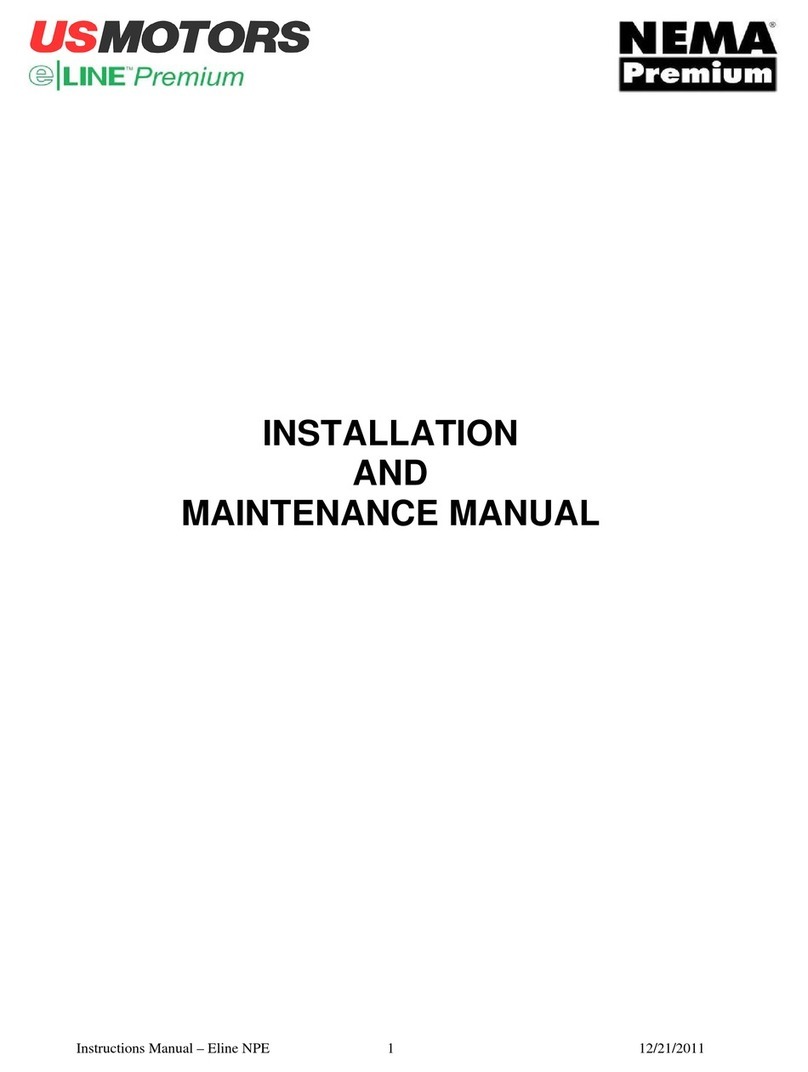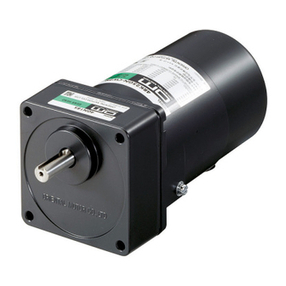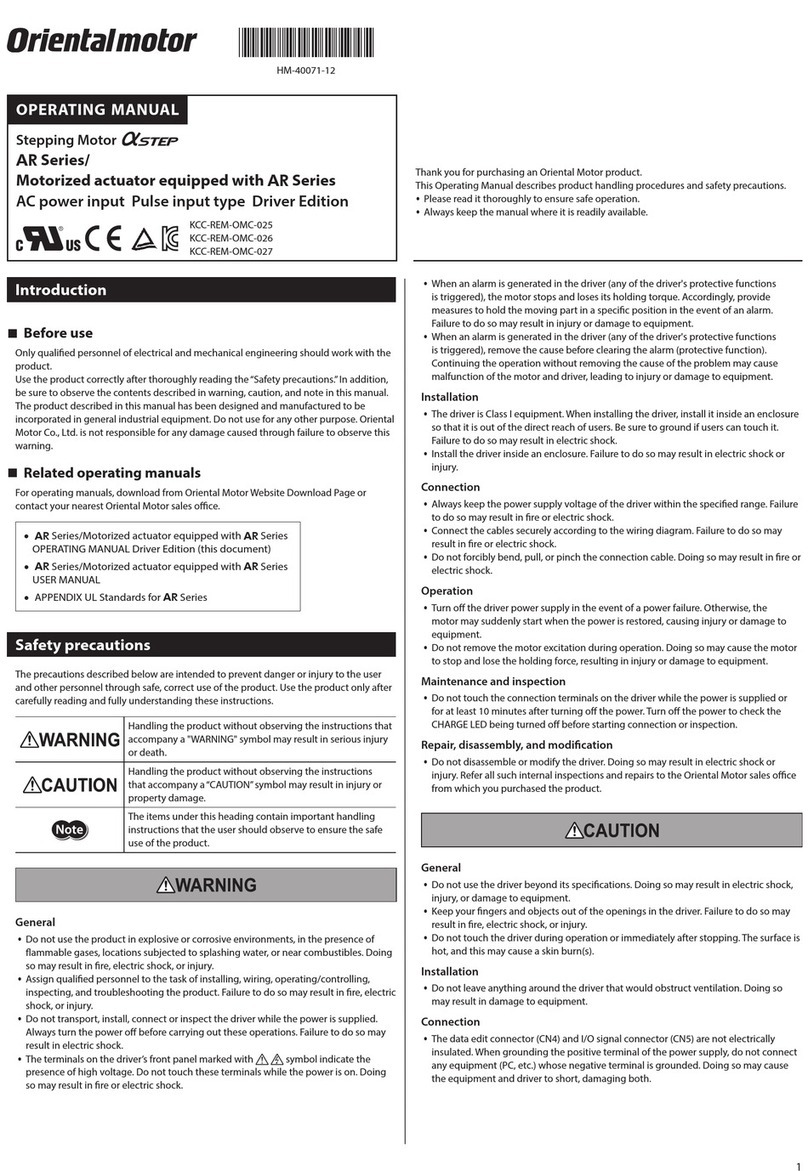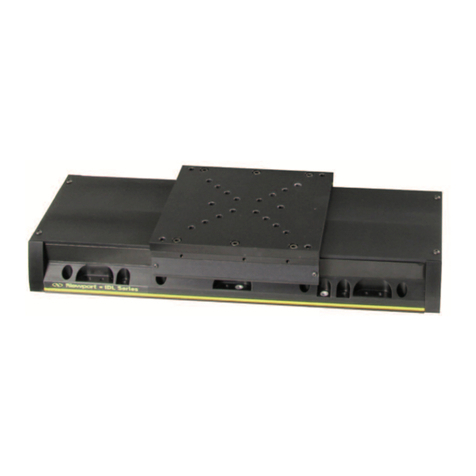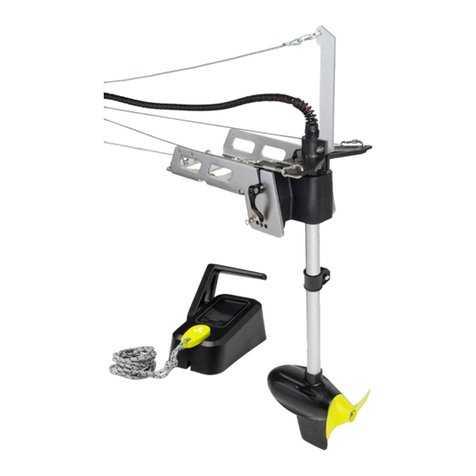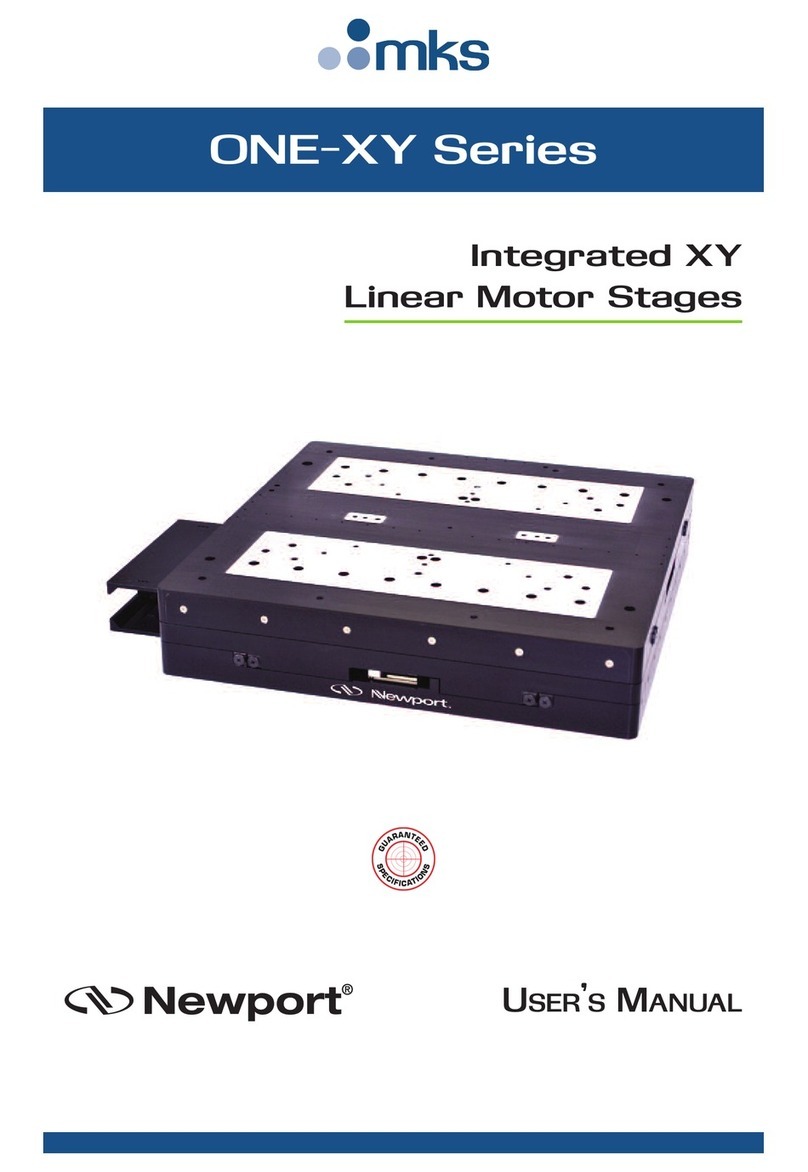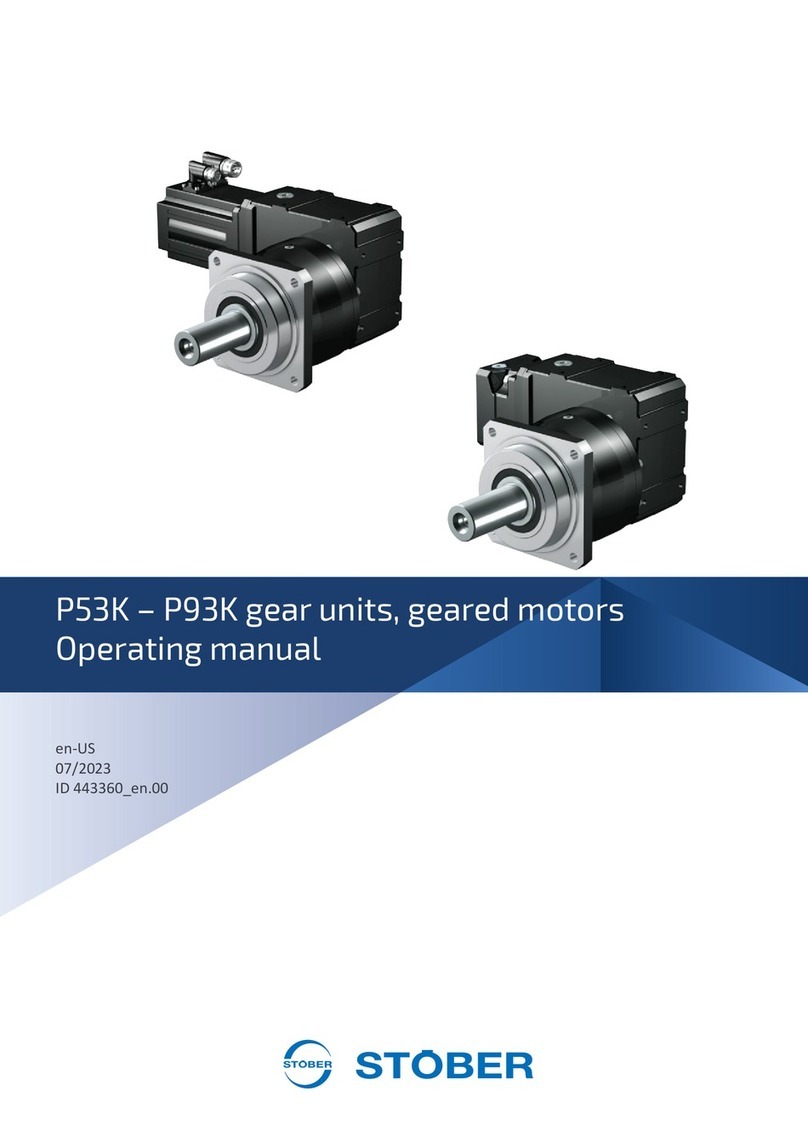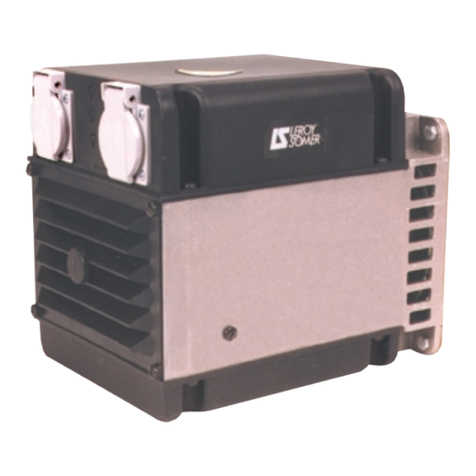
10 11
hand push down on the end of the handle to bring the motor up and
out of the water. Then release the tilt lever to lock in place.
8.2.6 LOWERING THE MOTOR
It is recommended to disconnect the battery before carrying out this
procedure to prevent accidental running of the motor. Press the tilt
lever, while with the other hand; hold onto the end of the handle to
steady the motor into the water. Once lowered release the tilt lever to
lock into position.
WARNING: Remember to wash the motor with fresh water after being used in salt
water, as it can greatly reduce the possibility of corrosion.
9HOW TO REPLACE THE PROPELLER
WARNING: Make sure that the motor has been disconnected from batteries before
handling the propeller.
Hold the propeller blade and loosen the propeller nut using the prop
spanner supplied or a set of needle nose pliers. Remove the propeller
nut. Pull the propeller straight o. If prop is stuck, grasp one blade
with one hand and tap on the backside of the opposite blade lightly
with a rubber mallet, until the propeller comes o. If the propeller
pin is bent, replace it. Align the new propeller with the propeller pin.
Reinstall the propeller nut and tighten firmly by hand, then tighten
with spanner another 1/4 turn.
WARNING: Do not strike bent prop pin with hammer to remove pin. Damage to
motor armature may occur that would not be covered by warranty.
10 DAILY MAINTENANCE
1. Check behind the propeller after each day for weeds, fishing line
or other debris that may get wrapped behind the propeller.
2. Lubricate all the pivot points with a non-aerosol lubricant.
Never use an aerosol lubricant as many types contain harmful
propellants that can cause damage to various parts of your
electric motor.
3. Check tightness of the battery lead connections.
4. Visually check condition of main battery cables.
5. Inspect for loose or corroded wiring connections.
6. Always thoroughly rinse your electric outboard motor with fresh
water after every use in salt water. Only rinse the areas that have
been in contact with salt water, avoid getting the top cover wet
as this may damage the circuitry inside.
7. Inspect tightness of all nuts, bolts and screws.
8. Recharge batteries after each use. Follow the battery
manufacturer’s recommendations for battery maintenance.
9. During freezing temperatures, when your electric motor is not
being used, it should be stored in an area where it will not freeze.
10. Never connect the wires to the wrong battery terminal. You must
disconnect the battery during maintenance.
11 TROUBLESHOOTING
11.1 LOSS OF POWER
•Propeller may be damaged. Remove propeller, clean and replace.
•Battery connections may be corroded.
•Battery has low voltage. Recharge.
•Battery may be faulty, recharge and check.
•Insufficient wire size from battery to motor wiring. 6 gauge
wire/13mm2 thickness recommended.
•Bad or faulty connection in boat wiring or electric motor wiring.
•Permanent magnet cracked or chipped. Motor will whine or grind













